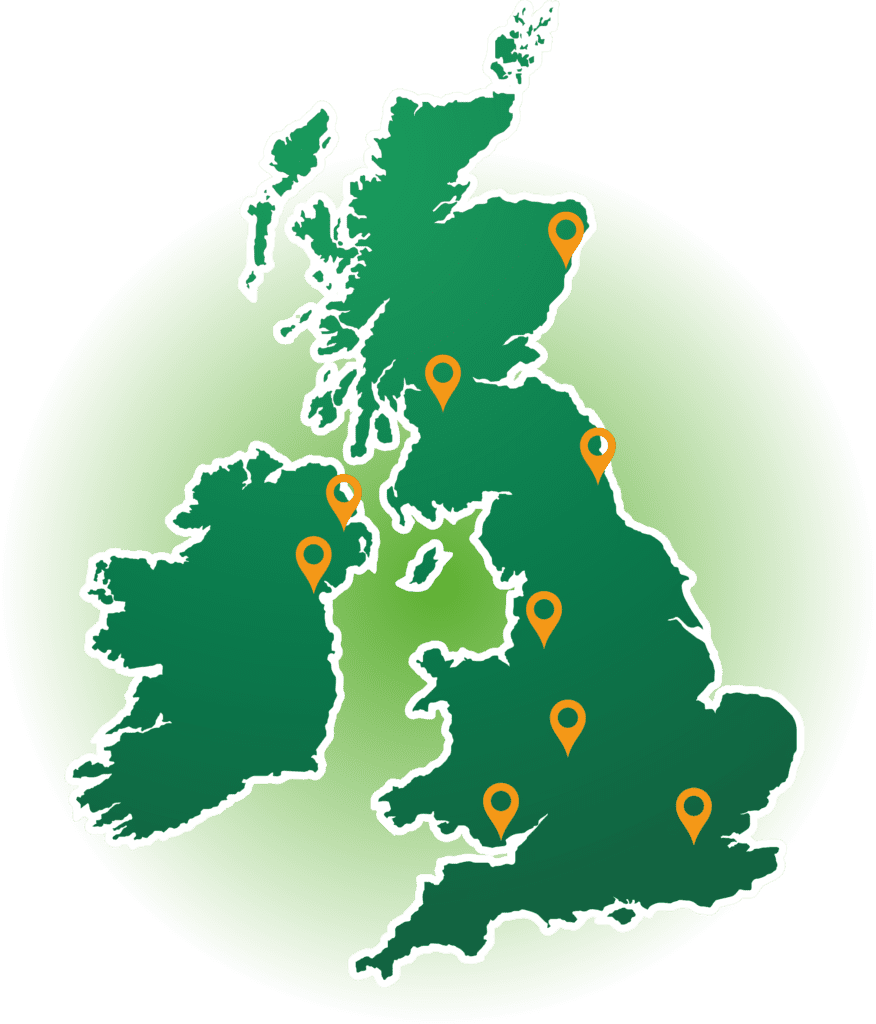Defibrillator Guide: Everything You Need to Know
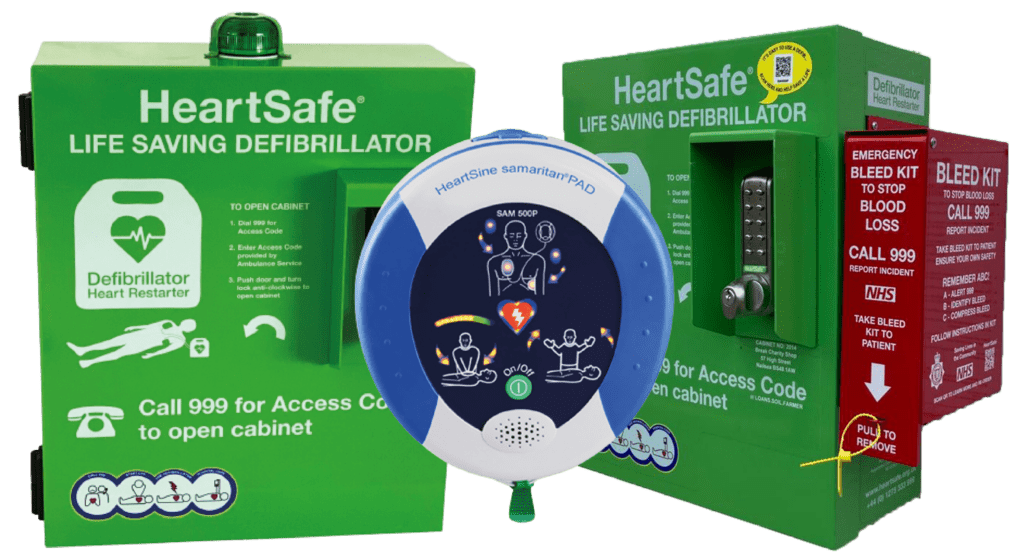
What is an Automated External Defibrillator (AED)?
An AED defibrillator is a life-saving device used to treat sudden cardiac arrest (SCA), a condition where the heart suddenly and unexpectedly stops beating. The defibrillator delivers a dose of electrical charge to help restore the heart’s rhythm.
An AED is easy to use, compact, portable and very effective. They are designed to be used by laypersons; the device guides the operator through the process by verbal instructions and visual prompts. They are safe and will not allow an electrical shock to be given unless the heart’s rhythm requires it. They are designed to be stored for long periods without use and require very little routine maintenance. Several models are available from the manufacturers or through medical equipment companies.
HeartSafe® recommend a British-manufactured defibrillator, the HeartSine samaritan range.
Choosing the Right Defibrillator
When choosing a defibrillator, consider its ease of use, cost, and any additional features you may need, such as paediatric pads for schools or remote monitoring for home use.
Remember, having an automated external defibrillator and knowing how to use it can save a life. It’s an investment worth making.
Portable Defibrillators
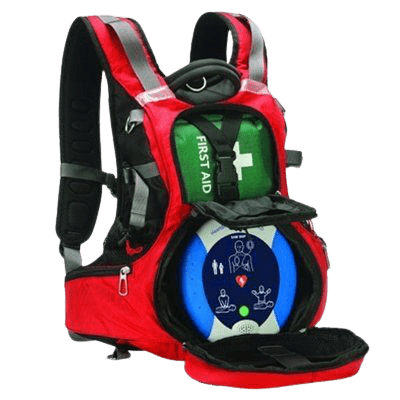
Also known as Automated External Defibrillators (AEDs), these devices are fully automated, and designed for use by anyone, regardless of their medical background. They are compact and lightweight, making them ideal for quick response to sudden cardiac arrests in various settings. These defibrillators come with voice instructions that guide the user step-by-step through the process.
Internal Defibrillators
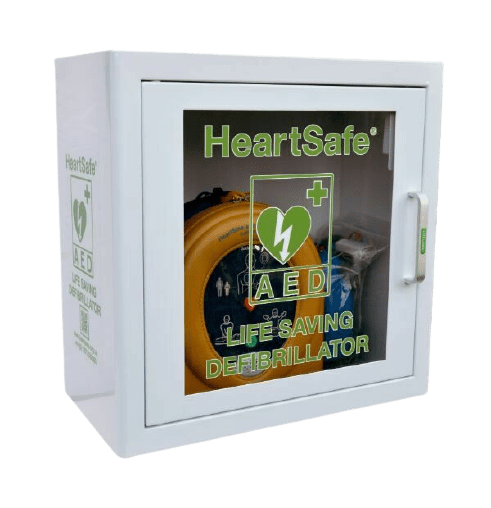
Internal defibrillators are AEDs specifically tailored for residential use. They are designed to be user-friendly, allowing individuals without medical training to respond effectively during a cardiac emergency. These defibrillators often come equipped with additional features such as remote monitoring capabilities and automatic alerts to emergency services, ensuring timely professional intervention.
External Defibrillators
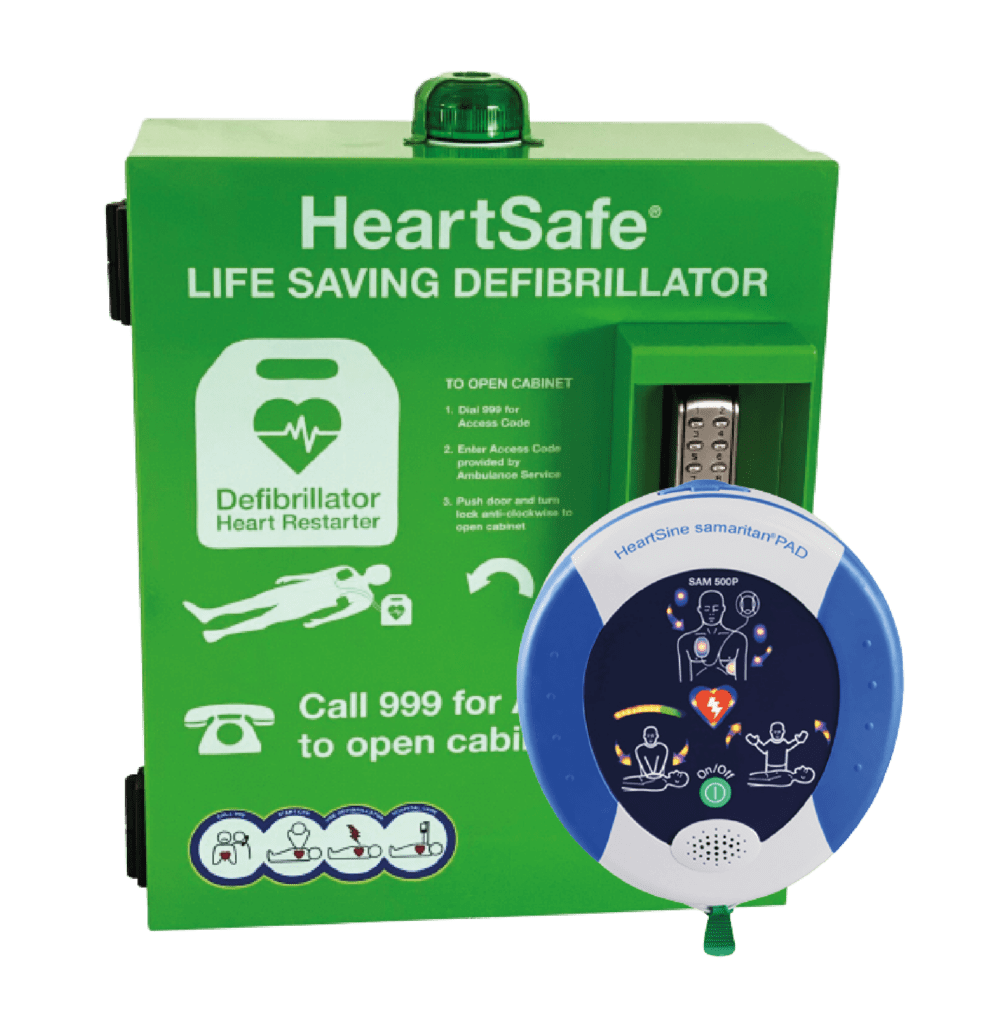
These defibrillators are AEDs designed to be used by laypersons; the device guides the operator through the process by verbal instructions and visual prompts. They are safe and will not allow a shock to be given unless the heart’s rhythm requires it. They are designed to be stored for long periods without use and require very little routine maintenance. Several models are available from the manufacturers or through medical equipment companies.
HeartSafe® recommend a British manufactured defibrillator, the HeartSine samaritan range.
Click here to watch how a HeartSine AED is used in an emergency. Recognising the need for child-specific medical equipment, these defibrillators often come with paediatric pads. These pads are designed to deliver a smaller, safer shock suitable for children, making these defibrillators an essential piece of safety equipment in schools.
Costs
Defibrillator costs can vary greatly, ranging from £900 to £2,500 depending on the model and features. There are also ongoing costs, such as replacement batteries and electrode pads.
Many organisations and foundations offer grants for defibrillators, making them more affordable for schools, community centres, and other non-profit organisations. Fundraising events can also help cover the costs.
Funding & Training
The police may provide training to venues that have a defibrillator installed to raise awareness and equip individuals with skills to save lives. The more people who have received AED training and can give effective CPR, the more lives can be saved
If you’re alone during a sudden cardiac arrest situation, call for help first, then start CPR. If there’s a defibrillator nearby, use it as soon as possible.
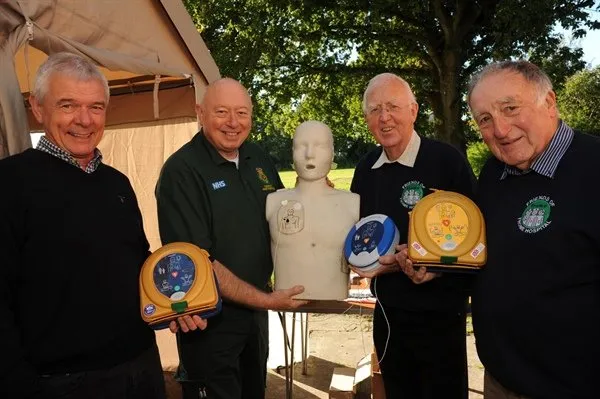
Defibrillator Placement Guide
For immediate accessibility, AEDs should be positioned at locations where they are most likely to be required. Their placement should be clearly visible, with clear signage guiding people towards them. Individuals working in proximity to an AED should be aware of its presence and purpose. They should also be motivated to undergo training to understand the necessary steps if a person collapses.
Defibrillators should be easily visible and signposted, allowing for immediate recognition and access. They should also be located within secure, weather-proof cabinets that protect the device while ensuring it’s accessible in times of need.
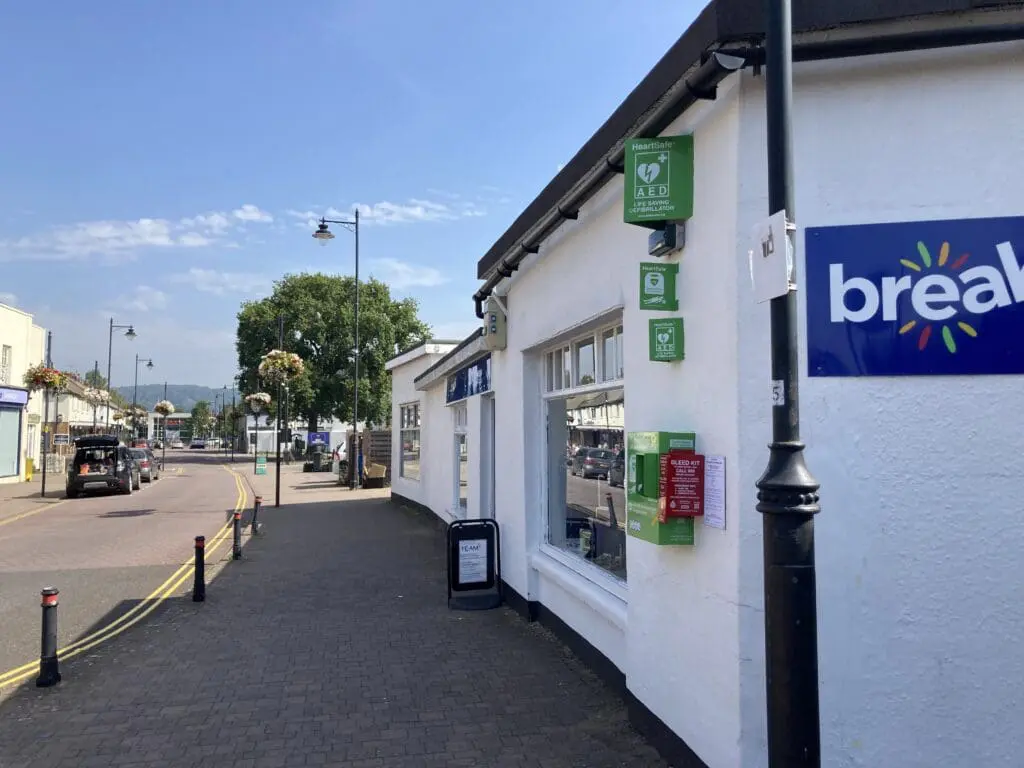
Remember, in a cardiac emergency, every second counts. Therefore, the closer a defibrillator, the better the chances of survival. By positioning defibrillators strategically throughout the community, we can ensure rapid response to cardiac emergencies and potentially save lives.
Defibrillator Placement in Local Communities
The placement of defibrillators within local communities is a critical aspect of emergency cardiac care. The ultimate goal is to ensure that these life-saving devices are accessible and can be retrieved quickly during a cardiac emergency.
Defibrillators should ideally be placed in high-traffic public locations such as shopping centres, sports facilities, schools, office buildings, and community centres. These are areas where people gather in large numbers, increasing the likelihood of a device being needed and used.
In residential communities, defibrillators may be placed in communal areas such as parks and community clubhouses.
Defibrillator Placement at Home
When installing an AED at home, homeowners should prioritise accessibility and visibility. One of the most common and recommended locations for an AED is inside an alarmed wall cabinet.
An alarmed wall cabinet ensures that the AED is protected yet always within reach. The cabinet should remain unlocked. In a cardiac emergency, every second counts and having to find a key could result in a delay that costs lives.
The location of the cabinet should be chosen with accessibility in mind. It should be placed in an area of the house that is frequently used and easy to get to. This could be a central hallway, the living room, or the kitchen. The aim is to ensure that anyone can retrieve the AED quickly, even during a stressful situation. The cabinet and the AED itself should be easily identifiable.
In conclusion, the ideal placement of an AED at home focuses on ensuring it is protected, accessible, visible, and identifiable. This strategic placement can make all the difference in the event of a sudden cardiac arrest, potentially saving a life.
Get Involved
Do you wish to purchase a cabinet and defibrillator, seeking advice on awareness/training? If so, contact us for experienced unbiased advice and guidance on the best approach to make your community HeartSafe®.
Members of the public who have received AED training can be crucial in preventing sudden death.
While modern, public defibrillators guide the user through the process, training can boost confidence and efficiency. Many local health organisations and charities offer defibrillator training.
Long Term Side Effects of Defibrillators
While defibrillators are generally safe, they can cause minor skin burns or heart rhythm problems in rare cases.
- These minor skin burns can occur at the site where the defibrillator pads are applied. The electrical shock delivered by the AED, necessary to restore the heart’s normal rhythm, passes through the skin and can cause superficial burns in some cases. This is more likely if the skin is wet or if a gel or pad used to enhance conductivity is not applied properly.
- Another rare risk associated with the use of defibrillators is the induction of heart rhythm problems. In some instances, the shock delivered by the AED may lead to other types of arrhythmias, or irregular heart rhythms, though this is extremely uncommon. It’s important to note that AEDs are designed to analyze the heart’s rhythm and only advise a shock if it detects a rhythm that can be corrected by defibrillation.
However, the benefits of using a defibrillator during a cardiac arrest far outweigh these potential risks.

How To Find Your Nearest Defibrillator
The automated external defibrillator (AED) locator map offers the public the opportunity to check in their community where defibrillators are closest to your place of home or work. The map identifies defibrillators that are registered by their owners throughout the UK and are listed on the map as they are happy to share access in the event of a sudden cardiac arrest. Anyone owning or providing a defibrillator to their community can freely register it’s availability here.
The map is to encourage people to learn the whereabouts of their nearest defibrillator in advance of ever needing to use one in an emergency. Having this knowledge will save time once you ring 999 and make contact with the emergency services.
